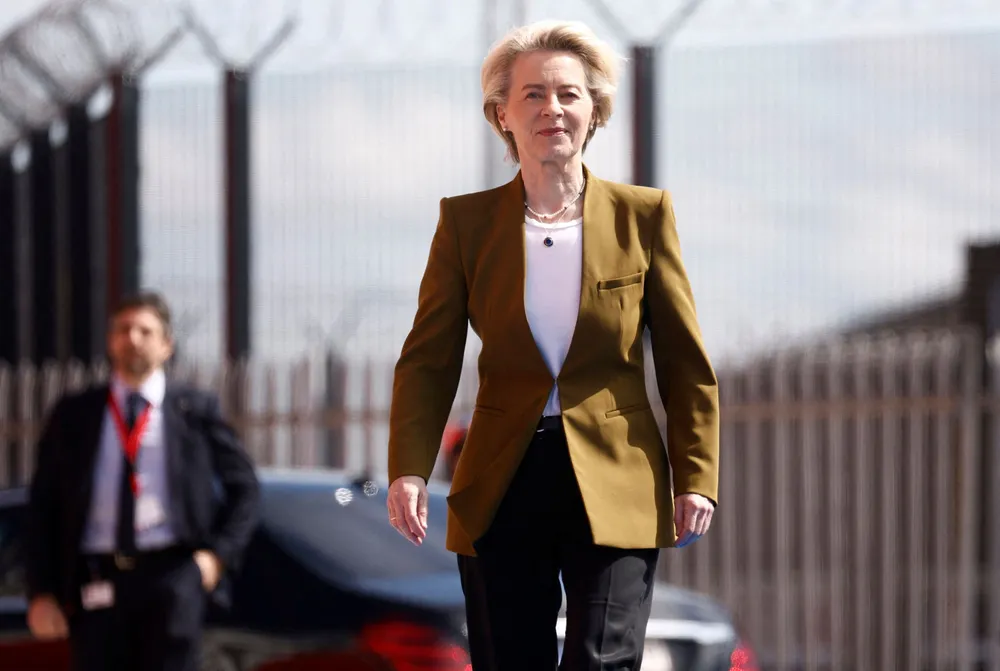Collective action must bolster vision of North Sea green engine
North Sea can become driver of European decarbonisation, but all parts must be in place to make its engine work

North Sea can become driver of European decarbonisation, but all parts must be in place to make its engine work
